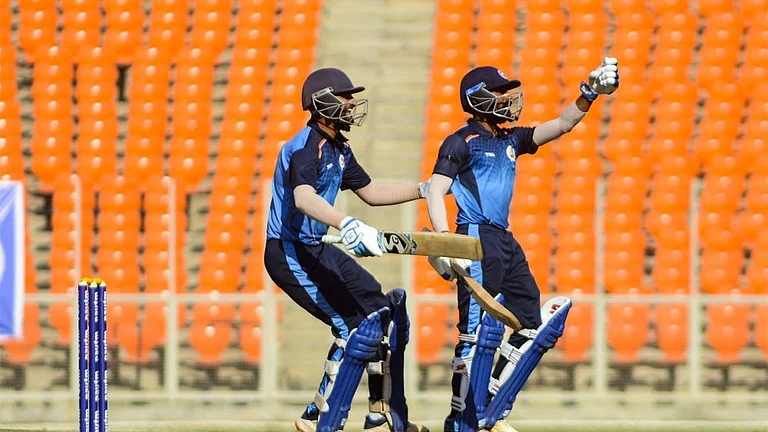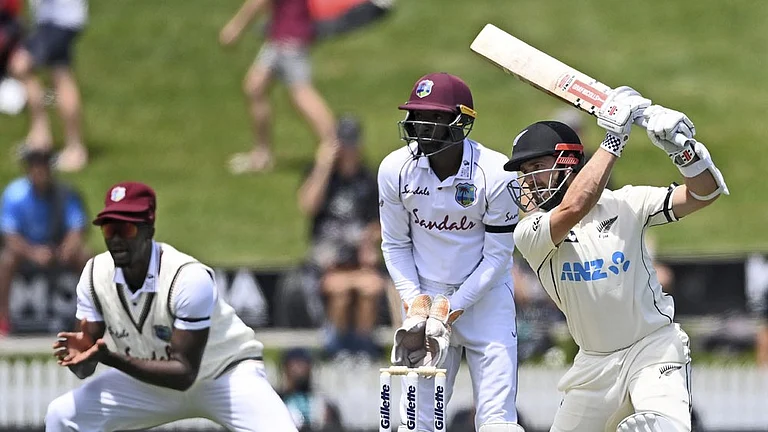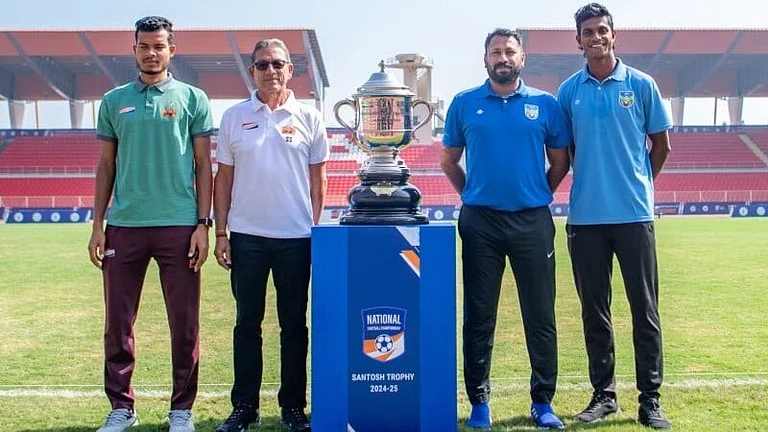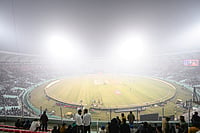It’s difficult to imagine a book on constitutional matters being an emotional experience. But that is what Madhav Khosla’s The Indian Constitution is. In fact, reading it somehow brought to mind a conversation with an elderly uncle, who once described to me what it was like to be there on the evening of August 15, 1947, when he had tears of joy streaming down his face, as he joined the multitudes of hopeful, newly freed citizens on the streets. In that sense, the book is a small antidote for our cynical and depressing times.
In 1946, Khosla tells us, three hundred people came together from various parts of India, various sections of society and various ideological positions to form the Constituent Assembly and embark on an extraordinary human endeavour: the drafting of a constitution for our new-born nation. As Jawaharlal Nehru, one of the key players, noted at the time, “I tremble a little and feel overwhelmed by this mighty task”. And well he might. The assembly was perhaps one of the most diverse bodies of its kind in history until then, and its participants often disagreed vehemently on the very basic principles, yet they worked large-heartedly towards accommodation and consensus. Three years later they delivered one of the world’s great political texts: a document both magnificent in its vision and intricate in its detailing, and which seeks to reconcile the conflicting pulls of individual liberty and a strong state. Yet, when Dr Ambedkar presented it, as chairman of the drafting committee, he had the humility to say that the members had merely done the best they could, given their human limitations.
The book is essentially a guided tour of the Constitution for the average informed citizen, explaining its architecture and key themes. This is done over the course of four compact chapters: Separation of Powers, Federalism, Rights and Goals, and Changing the Constitution. Khosla touches thought-provokingly on the key themes, ranging from the doctrine of separation of powers, especially between Parliament and the judiciary, to the asymmetrical nature of the Constitution, urged on by the doctrine of inequality.
The book is admirable for two reasons. First, because it is so concise, yet lucid, covering what is probably the world’s longest constitution (approximately 400 articles and over a hundred amendments) in just about 175 pages. And second, because it passes the ‘Goldilocks Test’: it’s not so simplistic that it becomes a mere dummies’ guide, nor is it so complex that you need to be a lawyer to decode it. It is also admirable for the way it manages to present the Indian Constitution as not merely a cold legal treatise, but a living, breathing human document that defines us as a people and a nation.
It obviously took a masterly grasp of the Constitution on Khosla’s part to pull it all off so succinctly. He is a gifted and idealistic PhD scholar of political theory at Harvard, and his book is essential reading for all those who chatter about politics, whether at cocktail parties or on TV channels. But more than that, it should perhaps be compulsory reading for the occupants of a certain circular building on Delhi’s Parliament Street, if nothing else, to remind them politely of the towering idealism and vision of their predecessors.
























